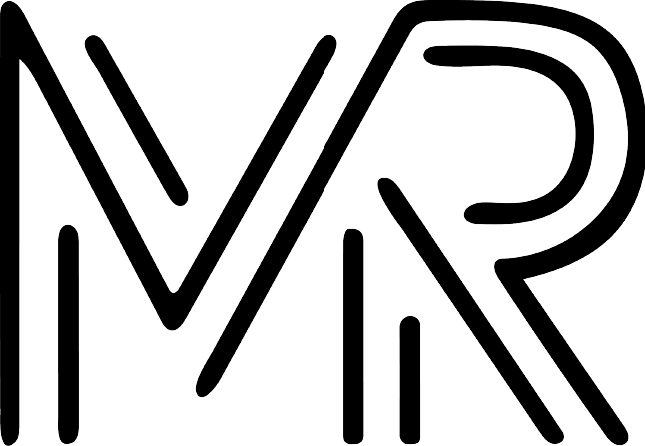THURSDAY // 09.10.2020
What used to be thought as just visual appeal has now grown into a much more complex design process of understanding what a company needs through research and human centered designs to function better and increase production. This method of research design strengthens the client/designer dynamic and increases value for both sides. Since design is so highly influenced by subjectivity, the success of the outcome can be seen in the outreach on desired audience, through market research, ethnographic data, web analytics and trend forecasting. This elevates the designer's role in the company's creative process from someone just creating products to a trusted business partner providing strategic services.
A key factor in research design is collecting both qualitative and quantitative data. Quantitative data can be used to compare multiple sets of data and how they relate to one another, while qualitative data focuses on subjective concepts and helps understand qualities of a specific field. Much like this, primary and secondary research go hand in hand in finding the root to your design solution. They do not precede each other, yet focus on proximity and specificity of data. Exploratory research can be used to gain insight along with framing the conclusive data found in investigative processes.
"From supporting great concepts to measuring the effectiveness of finished products, a research driven approach can help define the way problems are solved and illustrate the value of those solutions."
